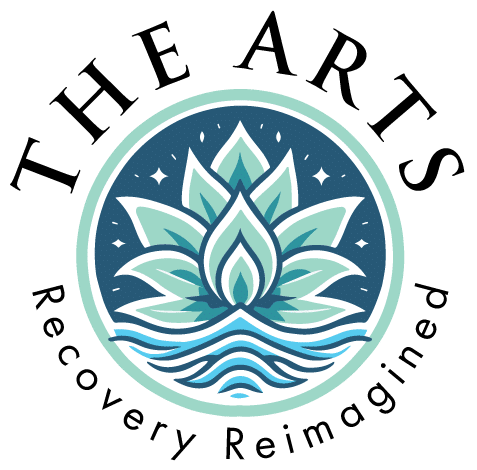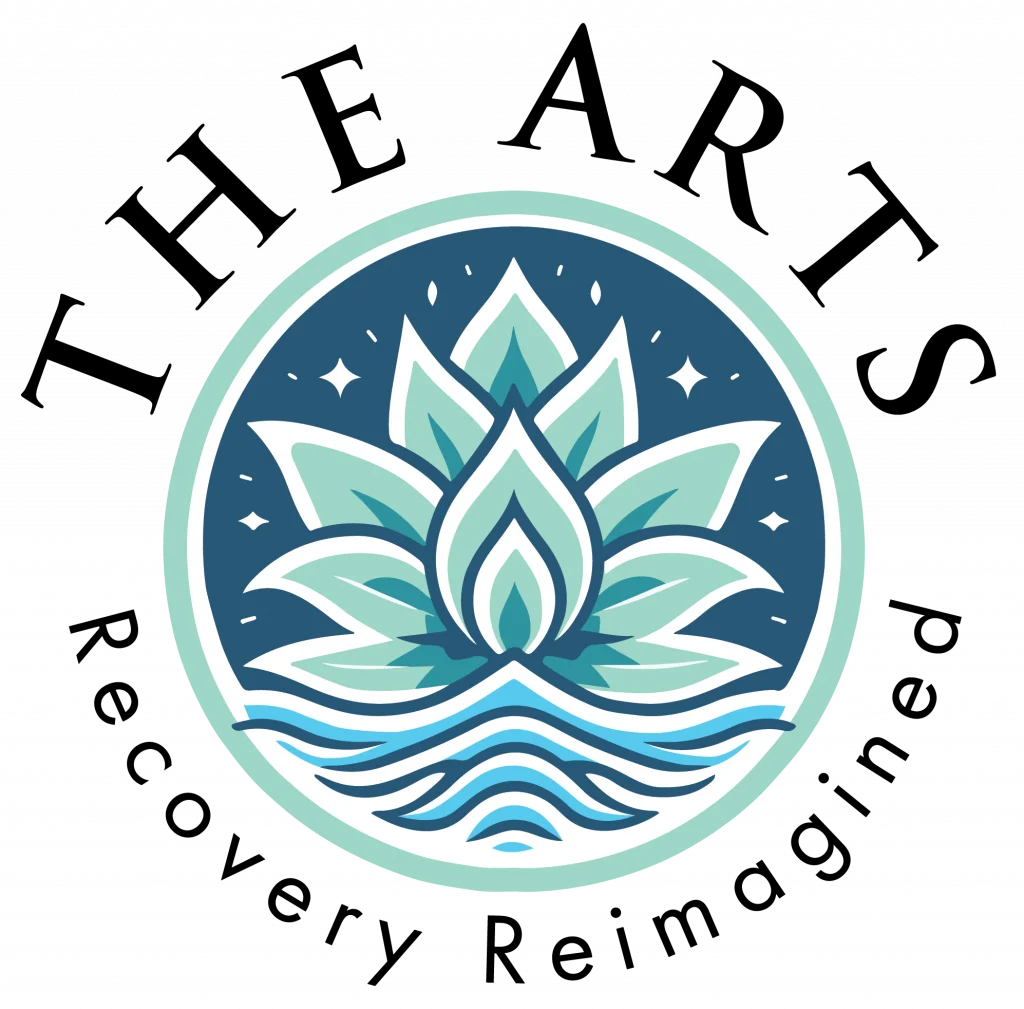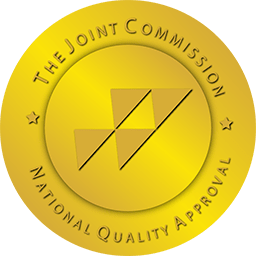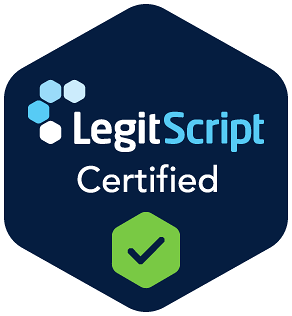For many addicts, their substance abuse did not develop due to a singular event. In reality, an individual’s drug addiction is often a symptom of a deeper and unresolved mental health issue. People who have a mental illness and a co-occurring mental health issue have what is commonly known as a dual diagnosis. It is estimated that 9.2 million Americans are afflicted with dual diagnosis disorder. Additionally, 45% of Americans suffer from a dual diagnosis.
Those suffering from this disorder need the specialized support and treatment found in a dual diagnosis treatment program. If you are unfamiliar with dual diagnosis, you may be asking, “how does a dual diagnosis treatment program work?” This article will further explain treatment for dual diagnosis disorders.
ARTS IOP is a San Fernando Valley treatment center that offers treatment for addiction and dual diagnosis. Contact us today to learn more about what we treat.
What is Dual Diagnosis Treatment?
A treatment program for dual diagnosis is a fusion of both substance abuse and mental health treatment. Treatment for dual diagnosis disorders incorporates an integrated and holistic approach that is evidence-based, extensively tested, and proven to work for a broad cross-section of clients. Unlike singular substance abuse and mental health treatment programs, dual diagnosis programs. Each client’s medical and therapeutic care is personalized to meet their unique needs. Programs and services commonly found at dual diagnosis rehabs include the following:
- medical detoxification services
- individual, group, and family therapy
- medication management
- anger management
- anxiety management
- Holistic therapies such as art therapy, animal therapy, and music therapy
- 12-step programs
- relapse prevention
These essential rehabs also offer treatment services for specific populations such as men-only, women-only, LBGTQIA+, and other groups.
What Mental Disorders Commonly Co-Occur with Addiction?
If you have done any research on dual diagnosis, you are aware that the relationship between substance abuse and mental illness is complex and unpredictable. Many people suffering from mental illness use substances to cope with their feelings. Conversely, it is also important to note that people who suffer from certain mental illnesses are at higher risk of developing an addiction to substances. Common dual diagnosis disorders found in addicts include the following:
- Anxiety and mood disorders
- Schizophrenia
- Bipolar disorder
- Major depressive disorder
- Conduct disorders
- Post-traumatic stress disorder
The most common substances used by those suffering from some form of mental illness include:
- Alcohol
- Tobacco
- Opioids
- Stimulants
- Marijuana
- Hallucinogens
- Prescription drugs
How Does A Dual Diagnosis Treatment Program Work?
So…how does a dual diagnosis treatment program work?
As with all rehab programs, a treatment program for dual diagnosis follows a specific process. This process is as follows:
Medical Detox
Medical detoxification helps clients wean off substances gradually in a safe, secure, and clean environment. To achieve this goal, experienced medical staff use medications as well as interventions such as nutrition therapy and even individual counseling. The ultimate goal of the detox process is to help clients achieve mental and physical stability so they can transition into intensive treatment.
Comprehensive Assessment
Undergo a comprehensive evaluation performed by expert mental health professionals and addiction treatment staff. This evaluation will assess your overall well-being, including your emotional, physical, social, and psychological health. Treatment staff will use the results of this evaluation to create a customized treatment plan that best fits your unique treatment needs and goals.
Inpatient Treatment
After a client’s assessment, they will undergo an intensive inpatient treatment program. Each client’s program features both traditional and holistic therapy approaches. Individual, group, and family therapies are essential services found in all dual diagnosis treatment programs. Common therapies used in dual diagnosis include:
- psychotherapy
- cognitive-behavioral therapy (CBT)
- dialectical behavioral therapy (DBT)
- motivational interviewing
Additionally, therapies such as art therapy, music therapy, yoga, meditation, and acupuncture are also common programs found in dual diagnosis treatment centers.
Aftercare
An especially important component of dual diagnosis residential treatment is aftercare programs. Dealing with dual diagnosis is a lifelong process. For each client to have the best chance at long-term success, they must receive ongoing counseling and support after formal treatment. Aftercare may include continued therapy, mental health counseling, life skills training, access to community resources, or admittance to sober living housing.r
ARTS IOP Will Help You Heal
If you are struggling with substance abuse and mental illness, you need top-tier professional help that is evidence-based, compassionate, and personalized to fit you. As Los Angeles’s addiction treatment facility, ARTS IOP offers the best in mental health and addiction treatment programs. Our number one goal is to restore you in mind, body, and spirit. Today is the day you take the first steps toward healing, hope, and happiness. Call ARTS IOP toll-free today.
